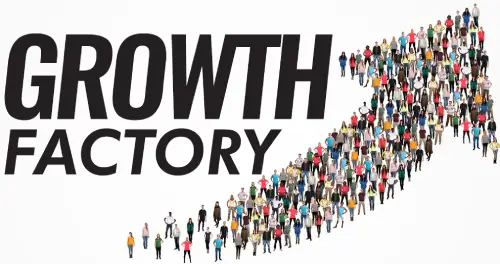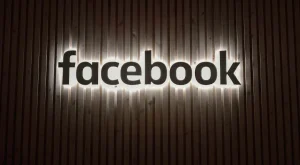Search engine optimisation. These are words that every website is privy to today. They have literally changed the world as we know it.
Without them, Google would not be the company it is today. Without them, many businesses would not be where they are today: making the sales they make; existent of businesses for the prime purpose of selling what the service stands for. Without them, marketing would be a different ballgame altogether. Without them, the millionaires attributing their wealth to the Internet made different from SEO would be doing something else with their lives. There would be no spamming. There would be no black hat SEO. The Web would boast more useful content, like it did those many years ago.
And you can try painting a mental picture of the butterfly effect resulting from these few things we have mentioned…
What Options Do you Have?
If you are reading this, chances are you already know what SEO is, so we are going to skip that part which you’ve read about on several of the millions of articles on the web dedicated to the topic – some fresh, most regurgitated, and a good chunk spun by the helpless few.
As we stand today, there are a few credible options of driving genuine traffic to your website:
- Search engine optimisation (SEO)
- Pay-per-click (PPC)
- Email campaigns
- Social
- Display
The first two, however, are likelier to drive higher numbers of highly qualified visitors (those most likely to convert) to your URL.
But of the two, which is the better option? There is no right or wrong route, both will serve you, but this will depend on your goals. Allow me to explain.
If your goal is short-term, then pay-per-click will serve you well.
PPC allows you to create an ad campaign in minutes and start driving traffic to your site immediately.
However, there is a lower ROI because of high PPC costs, which is something that is not lost to companies every day. In short, this is not a sustainable source of traffic in the long-term given the proliferating cost per click.
SEO Rules!
If your goals are long-term, then SEO is the answer. There is no digital marketing channel that generates sales, leads, and long-term traffic better than search engine optimisation, no two ways about it.
The reason why SEO has become the best source of sustainable traffic rests on two major reasons. One is that it delivers high-quality traffic likely to convert (with the intent to buy). The other reason is that it boosts ROI over time.
Improved long-term ROI is the reason SEO beats other marketing techniques. If you remember a Covario study conducted last year, it was established that in 2013 advertisers forked out 23 per cent more per click than they did in 2012. It was also established that the cost it takes to acquire each new customer through pay-per-click was on the rise, and would continue escalating.
With SEO though, ROI improves beyond today. The monetary and time investment put in may not increase from month-to-month, but traffic, leads, and customers do, and will.
Most Effective
SEO has never been as effective as it is today. In 2014, industries across the board reaped the fruits of SEO, and this is expected to be even more so this year.
A study by the National Retail Federation found that in 2014, search marketing was the most effective source for acquiring new customers for a whopping 85% of online retailers.
These sentiments were echoed by BrightEdge who found out that organic search (that coming from Google) was the main driver of traffic and revenue for nearly all industries analysed. For B2B marketing, for instance, organic search accounted for over half the traffic, put at 51%.
Kenshoo also found out that search engines are the starting point for the most people interested in booking travel, with 64% of business travelers and 58% of leisure travelers.




